With more than 35% of new HIV infections among 15-24 year olds, what can teens do to prevent HIV?
The prevention of AIDS should start from the ways of transmission of AIDS. We all know that there are three major ways of transmission of AIDS, namely, mother-to-child transmission, blood (body fluids) transmission and sexual transmission. The latter two are the main factors affecting the rate of HIV infection among adolescents. I have summarized that the following measures can reduce the rate of HIV infection among adolescents.
1. Reduce unnecessary transfusions of blood or blood products
The indications for blood transfusion should be strictly controlled to avoid unnecessary transfusions, and there is no guarantee that unpaid blood donations will completely eliminate AIDS. Similarly, reducing unnecessary transfusions of blood products, including albumin and immunoglobulin, will reduce the chances of blood-borne infections with AIDS, as these proteins are also made of human blood and may also contain HIV.
2. Refusal to take drugs
Refusal to use drugs, especially intravenous drugs, to share syringes and to share a tube of drugs, is also an effective measure to reduce HIV infection.
3. Eliminate same-sex sexual behavior
Same-sex sexual behavior, particularly among men who have sex with men, has been a major contributor to the soaring rates of HIV infection among adolescents in recent years. Men who have sex with men are prone to rectal rupture and bleeding, increasing the risk of exposure and making transmission of HIV dozens of times more likely than heterosexual sex.
4. Avoid multiple sexual partners
Multiple partners also significantly increase the risk of sexual transmission of HIV, so keeping partners exclusive is equally effective in reducing the risk of sexual transmission of HIV.
5. Sexual behavior should be protected
Proper use of condoms reduces contact with body fluids by 99% and reduces sexual transmission of HIV by more than 90%.
AIDS can be spread, in the final analysis, through these three ways, there is still no cure for AIDS, so AIDS focuses on prevention, should be clean and cherish life!
Thanks for the invite.
In recent years, AIDS has been spreading to young people, and the proportion of adolescents infected with AIDS in colleges and universities is gradually increasing. Sexual transmission has become the main mode of transmission of AIDS, and adolescents are supposed to be more open to sex, but they lack a certain degree of safety awareness, which has led to the spread of AIDS among adolescents. In addition, some adolescents do not have the correct concept of relationship, and some of them may be interested in the same sex. At present, same-sex transmission of AIDS also accounts for the proportion of contacts in sexual transmission. This is the reason why adolescents account for 35% of new AIDS cases.
In addition, some adolescents do not have the correct concept of relationship, and some of them may be interested in the same sex. At present, same-sex transmission of AIDS also accounts for the proportion of contacts in sexual transmission. This is the reason why adolescents account for 35% of new AIDS cases.
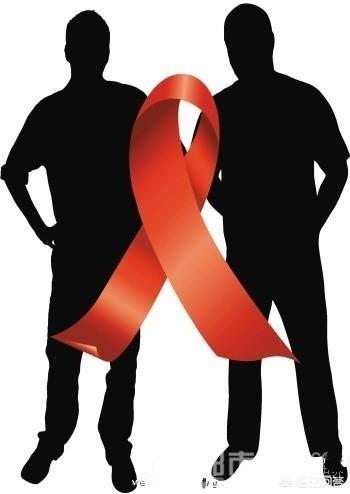
The education of adolescents is therefore indispensable and can be strengthened by.
1. To establish a correct concept of love and not to engage in promiscuity.
2, teenagers should learn to protect themselves, do not be curious to try the "friendship" between the same sex. Raise the awareness of prevention, do not be deceived by the so-called "brother" in society!
3, when having sex, always remember to use a condom correctly throughout.
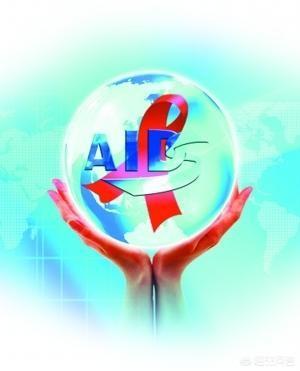
In short, teenagers are curious and yearning for sex, but must be correctly recognized, parents should also pay more attention and help, in the process of the child's growth, appropriate sexual health education, to establish a good concept of love.
Follow the headline "talk about public health", to learn more about health knowledge!
HIV prevention only requires the following.
I. Not practicing sex without the protection of a condom. Studies have shown that condoms are close to 100 percent effective in blocking sexually transmitted diseases. So the chances of contracting viruses and pathogenic microorganisms after wearing a condom are almost negligible. However, it is important to note that before using a condom, you should thoroughly check the seal of the condom to ensure that the condom is properly and safely used.
II. Don't have sex with someone you don't know
Behavior. Especially between people of the same sex, this kind of sexual behavior is even more dangerous. Raise the awareness of self-prevention, do not be impulsive, causing their lifelong regrets. After all, AIDS is a disease that is difficult to treat. So now to be responsible for their own, but also responsible for the loved ones around the situation, it is best to be clean and self-love.
III. With risky sexual contact, it is best to go to the local infectious disease prevention and treatment center for a physical examination at the first time, or you can go to a local clinic with a sexually transmitted disease department to get a laboratory test. Of course, the accuracy of the early examination is still relatively small, because this disease still has a latent period can also be said window period. So in order not to give yourself regrets, or try to protect yourself.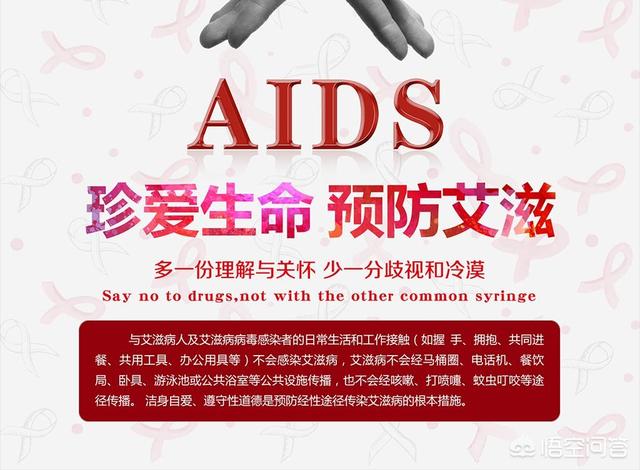
IV. Strengthening community and school education on scientific sex knowledge and publicity on diseases transmitted through unscrupulous sexual contact. Let people fully understand some scientific sex knowledge, especially for school students' sex education and the introduction of relevant typical sexually transmitted diseases through sexual contact, and with the form of graphic publicity and education, which will play a good publicity effect to achieve the purpose of publicity. The use of publicity materials in public places will also improve the prevention of such diseases.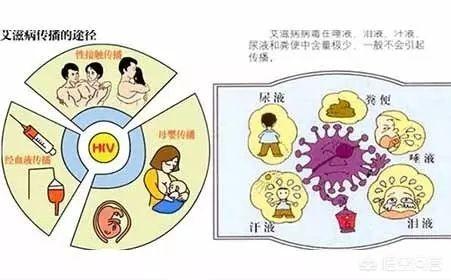
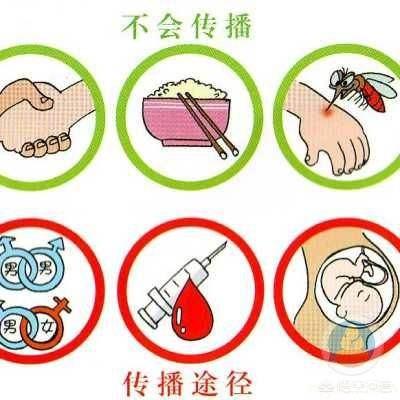
That is why it is important to do a good job of scientific sex education and publicity for people between the ages of 15 and 24 who are at high risk of contracting AIDS, so that they can understand the importance of preventing and controlling this type of disease. In this way, we can better achieve the ultimate goal of publicizing and educating the public, and bring greater safety and happiness to their families and households and even to society.
AIDS is an extremely dangerous infectious disease caused by infection with the AIDS virus (HIV), a virus that attacks the human immune system. It targets CD4T lymphocytes, the most important cells in the human immune system, destroying them in large numbers and causing the body to lose its immune function.
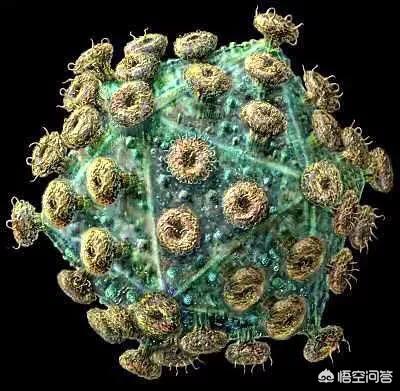
As a viral infection, it is spread through three main routes: blood, sexual contact and mother-to-child transmission. For adolescents, sexual contact and blood (e.g., sharing needles when taking drugs) are the most likely routes of transmission. Therefore, the corresponding preventive measures are: firstly, to correctly understand AIDS, not to be afraid of AIDS, but also to deeply realize its harm. Secondly, avoid drug use or unprotected sex. Thirdly, physical exercise, the body's immune function is normal, not only against AIDS, but also against many other diseases will be strengthened.
Thanks for the invite.
First of all, let's talk about what AIDS is! AIDS is caused by the HIV virus, which attacks the immune system and destroys lymphocytes, which means that when you are infected with AIDS, your immune system is weakened, your resistance is lowered, and you are susceptible to a wide range of diseases.
The main ways of spreading AIDS are through blood, sex, and mother-to-child transmission. If young people want to prevent AIDS, they should start by cutting off the means of transmission.
Since there is no effective AIDS prevention vaccine and no particularly effective AIDS treatment drugs, it is still necessary to do a good job of prevention and treatment: 1. Adhere to cleanliness, do not engage in prostitution, prostitutes, and avoid premarital and extramarital sexual behavior. 2. Strictly prohibit drug use and do not share syringes with others. 3. Don't have unauthorized blood transfusion and use blood products, but use them under the guidance of a doctor. 4. Don't borrow or share toothbrushes, razors, shavers and other personal items. 5. The use of condoms is one of the most effective preventive measures against STDs and AIDS in sexual life. 6. Avoid direct contact with blood, semen, milk and urine of AIDS patients to cut off their transmission channels.
This question and answer are from the site users, does not represent the position of the site, such as infringement, please contact the administrator to delete.